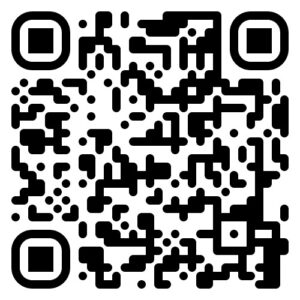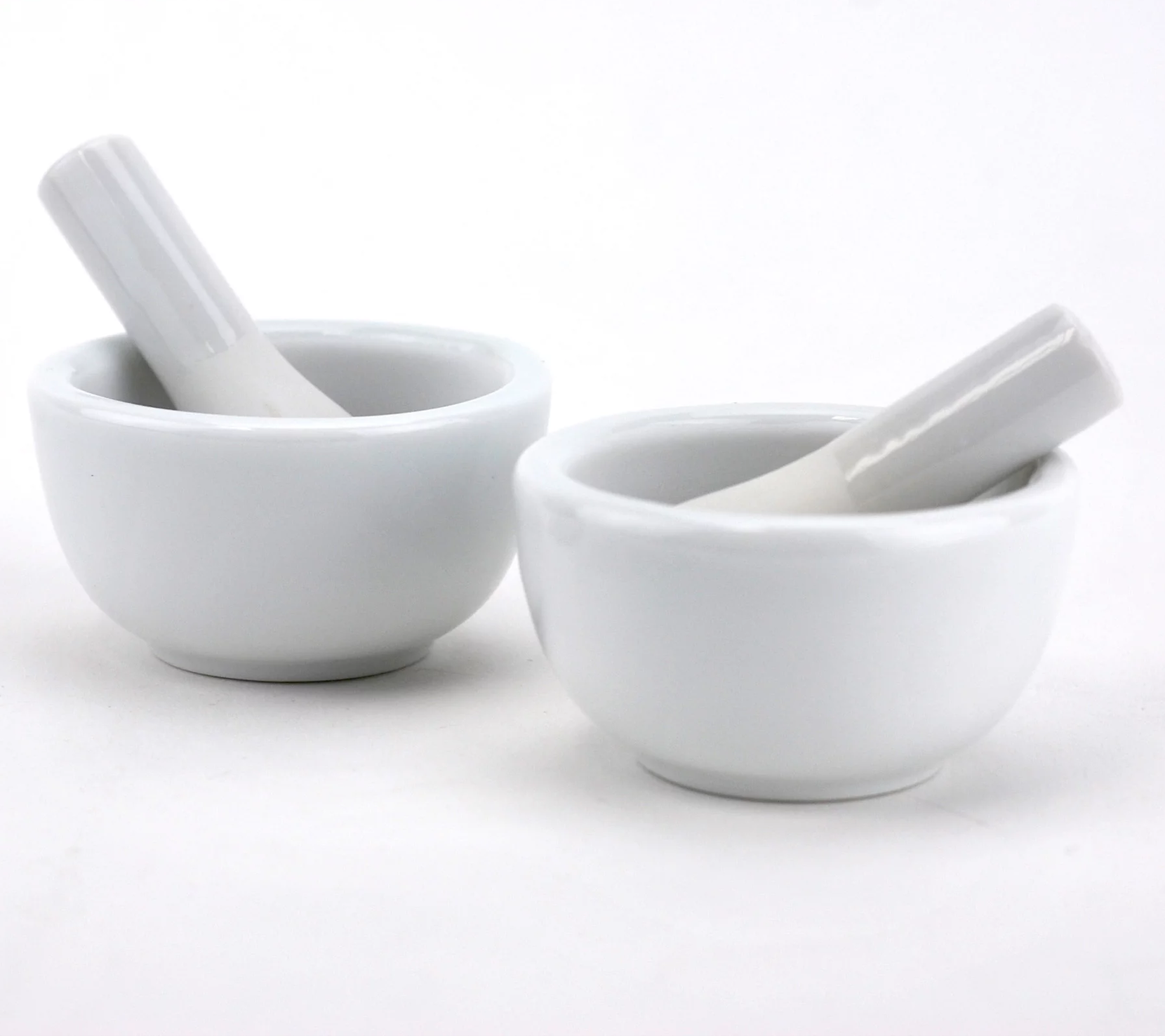
Objects and things in the form of game props are central to the success of LARP and key to its potential for metaphysical speculation. Props provide the objects on which ludic mechanics operate, they contribute to the production of a shared narrative, and help transform the space in which the game takes place, specifically, its demarcation from the world of the everyday.
Buckley, C. G. (2020). Encountering Weird Objects: Lovecraft, LARP, and Speculative Philosophy. Diseases of the Head: Essays on the Horrors of Speculative Philosophy. M. Rosen. New York, Punctum Books: 364
For the purposes of crafting magic, what Chloé Buckley here describes as ‘game props’ (‘objects and things’) are termed ‘Tools‘.
Tools have agency:
[Kendall] Walton’s “prop oriented” view of “make-believe” counters “content-oriented” approaches in that it proposes that objects have independence over and above their role in a story. Indeed, Walton goes as far as to reverse the hierarchy of story and prop, suggesting that props might become the focus of attention such that the act of make-believe is a tool through which we understand the prop. This inverts the view that the prop is a tool through which we understand the story.
Buckley, C. G. (2020): 364
Although there have been several approaches to the definition of magic, my point of departure is the way in which social agency is delegated to artifacts. Where the agency of artifacts is contingent only on their objective physical properties, we may refer to such artifacts as technology, but where it is contingent on the subjective beliefs and perceptions of humans, we are in the realm of magic.
Hornborg , A. (2016). Global Magic: Technologies of Appropriation from Ancient Rome to Wall Street, Palgrave MacMillan: 159
Among the objects I have seen used in magical rites in Banaras are water, clay and metal pots, hammers, string, amulets made of numerous types of objects, stones, paper, coins, grains, knives, nails, quills, skulls, animals, diagrams, words, mud bricks, leaves, trees, hair, sticks, flowers, reeds, lampblack, oils, books, plates, handkerchiefs, fans, necklaces, various intoxicants, shells, feathers, lemons, images of gods, the limbs of the human body, and ponds.
The list is chaotic because any mode of organization would be completely arbitrary. Any object can be replaced with any other, and the determining principle is never an objective characteristic intrinsic to one item, let alone a whole class of objects. If one adds other objects used by magicians elsewhere around the world, the list would explode in size and disarray. In fact, every conceivable object would have to be included because, in one place or another during the course of four millennia, every available thing has been recruited into the service of magic.
Glucklich, Ariel. 1997. The End of Magic. New York: Oxford University Press. https://doi.org/10.1093/acprof:oso/9780195108798.001.0001
Becoming a magician transforms the way one sees the world. Everyday material objects— rubber bands, paper clips, sandwich bags, and even breath-freshening strips— disclose properties that could make them amenable to use in tricks. Indeed, magicians often come to rely on properties of commercial goods to which most consumers attach no significance: for instance, one of my friends despaired that hair curlers no longer contain the metal springs he once extracted to construct a prized gimmick.
Jones, Graham. Trade of the Tricks : Inside the Magician’s Craft, University of California Press, 2011.
Any and all representations count as props in [Kendall] Walton’s system (although there are also props which are not representations) and as a result the boundaries of the term are relatively soft. For instance, when watching a play, one views many different props – including the furniture and objects on stage (things already termed ‘a prop’), the backdrop painting, and even the actors and actresses themselves. When one watches a movie, one could consider the film to be a prop, or comprised of many props, or could view each scene – indeed, each frame – as a prop. It is unnecessary to distinguish between these states of affairs in order to use the make-believe theory, which considers all these cases and more besides as examples of props.
Bateman, C. (2011). Imaginary Games. Lanham, National Book Network: 40
A Tool is any designated object or thing that can be used as an enchanted technology that will enable your cult to produce your chosen Effect by crafting magic.
To craft an Effect, your cult will have to experiment with different tools. It’s important to work with the right tool for the job of crafting magic. Finding the right combination will take trial and error.
Tool Cards
Each character draws one Tool card from the Tool deck.
Again, you have just one chance to swap out your card for another. You may only swap with one character in your cult only (you cannot draw again from the deck). If you like the card you were dealt, you can choose to stick with it.
Tool Pages: QR Codes on Tool Cards
Each card as a QR code – this links to a webpage with further information on the Tool.
Each character spends a little time researching the constraints and affordances of the Tool that fate has presented them with.
It’s important to note that each Tool has its own backstories; possible object biographies that makes it more, or less, suitable for particular forms of crafted magic. When conducting Tool research, it’s vital for character to understand, and speculate upon, what ‘life experiences’ Tools have have had. Characters should be able to narrate how these experiences might make their Tool ritualistically effacious.
Read the information on your Method Page very carefully before looking up more information elsewhere.
Having independently researched their Tool, Characters take it in turns to present and discuss the Tool that has chosen them.
Once you have worked through the information on your Tool Page, you can start to fill out the blank spaces in the Select Tool – Sheet
Try to envisage how your group might be able to use this tool.
Consider who the Principal Character is – are the capable of pulling off this particular tool? Consider also the desired effect you have nominated to pursue by crafting magic as a cult. How can it be effected using this particular method? How might your tool work with the cult’s nominated method? Write down the key ideas on the Select Tool – Sheet and keep them as notes to yourself.
Once every character in the cult has written-up their tool research, each member of the cult can now tell the others about how their Tool could be ritualistically effacious within the context generated by the Principal Character, the Effect, and the Method already selected.
Tool Confirmed – Board
The cult should, again, now decide which of the tools is going to be nominated as the tool of ‘Crafting Magic’ in this game. You can do this by voting.
You can choose one or two tools.
Remember to carefully consider who the Principal Character is – what kind of effects do you think they might be able to craft with the propsed tool(s)? Consider also how the already selected method interacts with the propsed tool(s).
In event of a stalemate, toss a coin (best of three).
Once one or two tools have been chosen by your cult, place the selected card(s) over the QR code on your cult’s Board.
Some relevant info might be added to your cult’s Board by the person nominating the “winning” tool(s). Do this briefly.
Once your work on tools has been completed, please move on to effects.
This website, Shift/Work: Crafting Magic https://blogs.ed.ac.uk/craftingmagic/ is written and maintained by Prof Neil Mulholland and is licensed under a Creative Commons Attribution-NonCommercial-NoDerivatives CC BY-NC-ND 4.0
